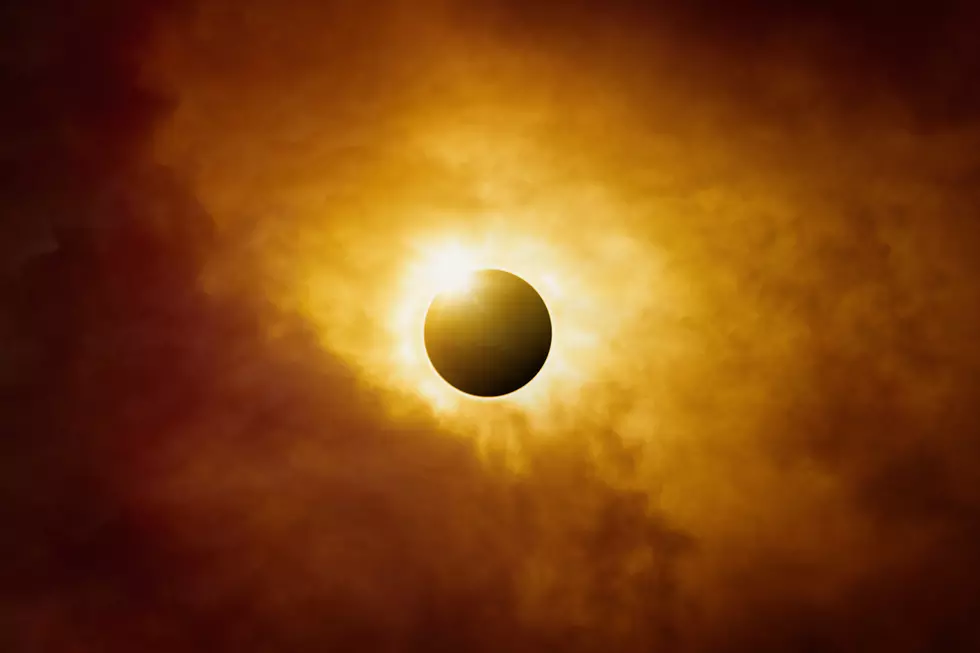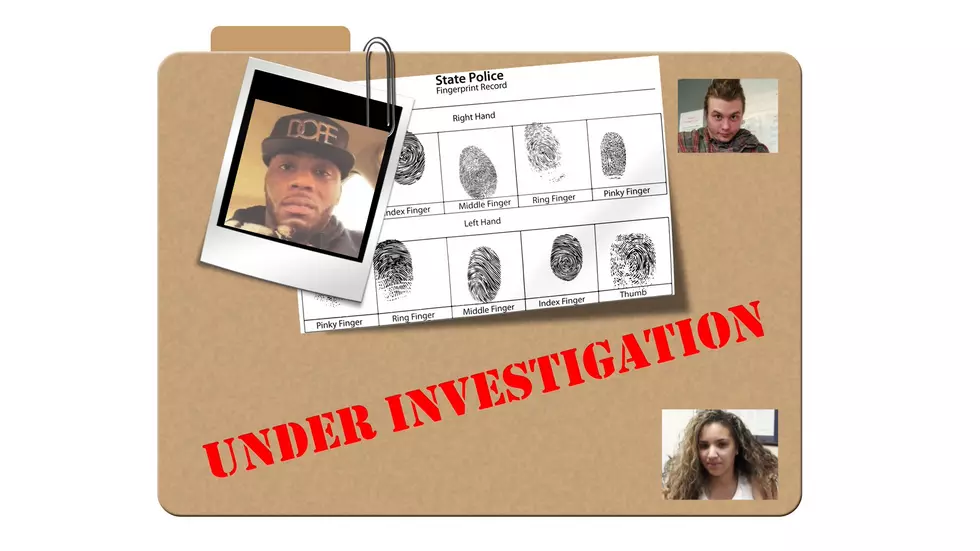
Classic Rock Isn’t Charting … But Is That Such a Bad Thing?
“Who are these people?” a dyed-in-the-wool classic rock fan might ask while perusing Billboard’s end-of-year album chart. Because there’s a long, long list of young names to read before you'll find a warmly regarded familiar artist.
Of all the new classic rock music released during 2018, only Paul McCartney and U2 managed to dent the Top 200 of the year. McCartney’s Egypt Station checked in at No. 175, and U2’s Songs of Experience (released December 2017, to be fair) was No. 131.
When McCartney can muster an entry in only the lowest eighth of the annual chart, surely it’s time to say "Rock Is Dead" again?
On the surface, yes it is. When someone of McCartney’s caliber and riches – and, therefore, high-level access to industry machinery – can manage only a glancing blow, of course it’s dead again. No. 175 is so far from the top that we reach for our reading glasses to even try to make out the names Taylor Swift, Drake and Ed Sheeran at the high end (then wonder who they actually are and whether it’s worth checking them out and probably won’t bother).
So, Rock Is Dead Again. Unless we spin this around a little … The recently updated chart system is no longer a relatively simple mechanism for counting sales. With more delivery platforms and formats than ever before, album selling is a popularity battle that takes place on interconnected global networks.
It used to be about art, but now it’s about stats. People who have only a vague understanding of arithmetic – never mind math or statistics – profess to know the meaning of obscure algorithms so complex that it would take a human years to calculate what computers churn out in seconds. (Look no further than the oh-so-smart algorithm that fueled the 2008 stock market crash -- the people who came up with it didn’t really know what it meant either, and couldn’t stop it when they worked out there was a problem.)
Today, you don’t have to buy an album for it to register as a sale. You can be given it in a concert-ticket deal. You can listen to it via a streaming service and not even listen to every second of every song for it to count. You can set up a farm of phones to constantly stream the tracks so that sales are registered for music no one is listening to. And while it’s decades after the era of payola, there are other ways of tricking the system. Computers might be incredibly fast at calculating, but they’re only as clever as the people who programmed them, after all.
While all that could be said to apply to Egypt Station, there’s a difference. McCartney is an artist who has an arguably loyal fan base that wants to hear his music. The stats that placed his LP at No. 175 are likely to consist of a greater percentage of genuine purchases and listens than Swift’s No.-1-crunching release. Swift also has a faithful audience, but she’s part of an industry mechanism that just doesn’t view certain marketing tricks as cheating, while people of McCartney’s era do, and also don’t care about chart placing the same way, and also – to be honest – don’t understand it enough to consider it worth the investment.
In addition, McCartney, Matthews and U2 aren’t truly alone in representing classic rock. Here’s the full rundown of how the genre fared in 2018:
Elton John – Diamonds – No. 62
Tom Petty and the Heartbreakers – Greatest Hits – No. 74
Bob Marley and the Wailers – Legend – No. 78
Journey – Greatest Hits – No. 90
Fleetwood Mac – Rumours – No. 91
Creedence Clearwater Revival – Chronicle – No. 93
Dave Matthews Band – Come Tomorrow – No. 95
Queen – Greatest Hits – No. 96
Metallica – Black Album – No. 109
The Beatles – 1 – No. 127
U2 – Songs of Experience – No. 131
Bob Seger – Greatest Hits – No. 153
Led Zeppelin – Mothership – No. 156
The Beatles – Abbey Road – No. 163
Red Hot Chilli Peppers – Greatest Hits – No. 169
Paul McCartney – Egypt Station – No. 175
AC/DC – Back in Black – No. 189
So the hard facts are that classic rock makes up 17 of the top 200 – a slightly more healthy 8.5 percent of the chart. Still, 15 of those are catalog releases – but hold on, that’s actually a positive argument. Nearly 7.5 percent of 2018’s top-selling albums are classic rock titles that were originally released in the last century. They’ve acquired a longevity that, due to industry changes, it’s difficult to imagine today’s hits managing to match. In this genre, it’s often a case of being too close to the subject matter to predict what will stand the test of time. The sheer number of tracks being churned out by today’s artists, especially some rappers, makes it look unlikely that their careers will last as long as McCartney’s, or John’s, or any of our 20th century heroes and heroines.
And another thing, while classic rock artists are releasing less new music (responding to the apparent lack of interest, in some cases) that’s not to say that their catalog material isn’t being listened to at home, on vinyl, on CDs and in other ways that computers can’t count. Who buys compilation albums anyway? Surely they’re mainly for people who either don’t know or have forgotten about an artist’s catalog? Surely that means some of those sales will send people off on a hunt for more material they like and create more sales, and create more fans – proper fans actively mining for music they’d lost or passed them by?
But as the world marches into a seemingly less confident, less substantial and less satisfying future, and we accept that classic rock will probably become less and less a feature of the charts, we don’t have to conclude that Rock Is Dead unless we care only about the computers’ stats.
Consider rock’s relationship with the blues, the predecessor that refuses to die even though they’ve been saying Blues Is Dead for much longer. The blues is alive and well, existing where it always did well – out of the mainstream, in the hearts, minds and hands of people who cared enough to create art that inspired other people’s passions. The blues was angry yet reflective music shared among people who felt like outsiders, and became a movement that represented, and fought for, and achieved change.
Okay, it must be admitted that a lot of classic rock isn’t quite like that – but the argument transfers easily: What was rock supposed to be? An angry (albeit sometimes less reflective) expression of outsiders who didn’t want to belong to the mainstream unless it was on certain terms. A type of music created among those who felt the need to express something the mainstream failed to do, and gathered pace among others who felt the same.
The story changes anyway when we turn from the relatively recent development of recorded music and look instead at the ages-old live-performance situation. The current list of the Top 20 grossing tours of all time is dominated by U2, the Rolling Stones, Guns N’ Roses, Roger Waters, AC/DC, Bruce Springsteen and McCartney. Only five entries in the Top 20 aren’t classic rock artists.
Even if albums aren’t shifting the way they used to, it’s not as if people aren’t actively supporting the genre – though the 2018 list of top-selling tours does see classic rock slipping down the chart.
So what if the glory era is behind us? So what if rock will never again dominate the capitalist highway of the Top 200? Rock Is Dead for those who never really took its existence all that seriously – fair-weather friends who thought it was fun but never felt it the way the real fans do. Let them eat cake, or at least listen to Taylor Swift. With the years of pursuing sales at any cost, of corporate competition, no longer getting in the way of the music, let those who really care about it keep creating it, for a smaller but more passionate audience that's here because they want to be here, and not because a social media algorithm sent them.
It used to be about stats, but now it’s about art again. Classic rock can do well in that environment.
Masterpieces: The Very Best Albums From More Than 100 Classic Rock Acts
More From WRKI and WINE










